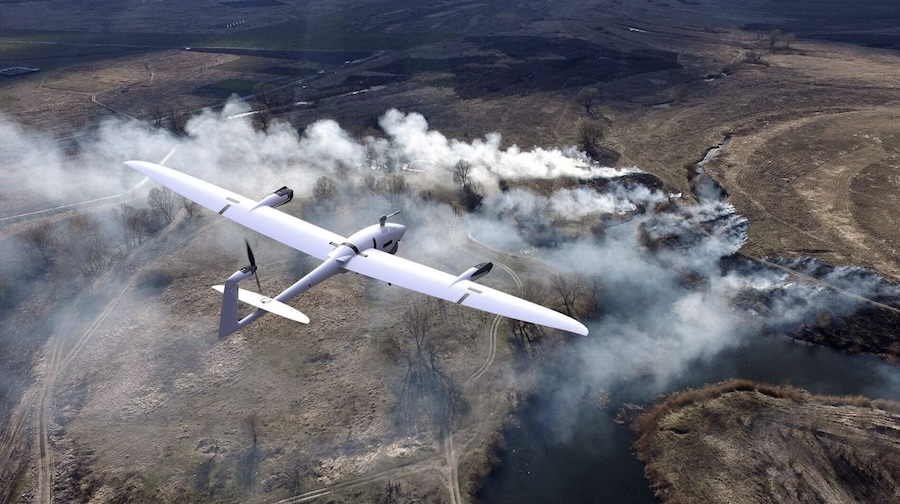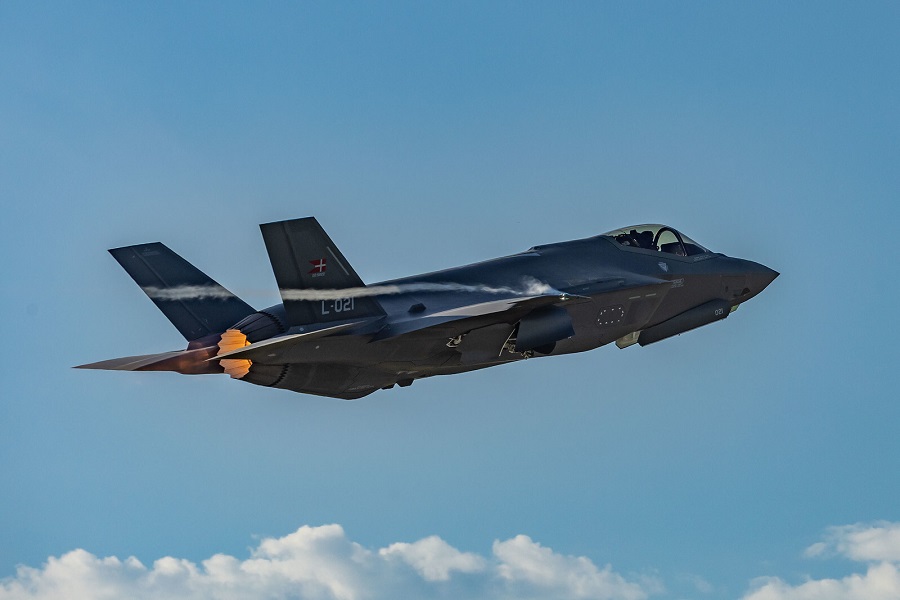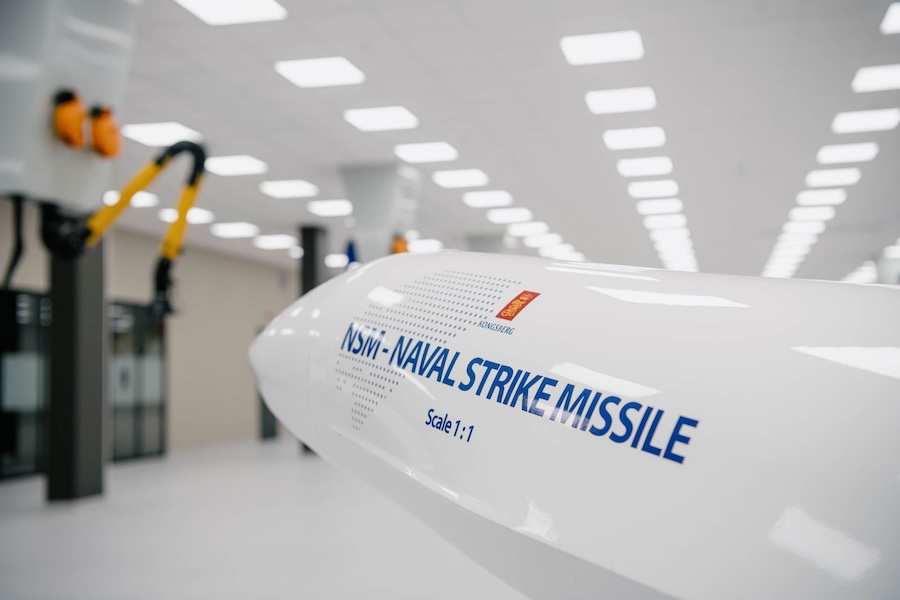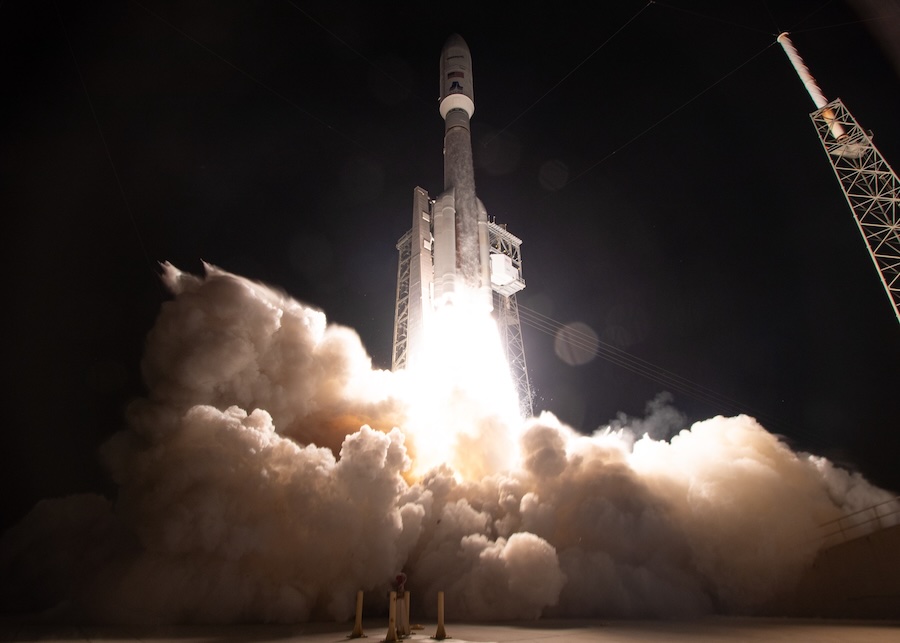“The start of Tranche 1 delivery, just over six years since SDA stood up as an agency, is a remarkable accomplishment highlighting the speed at which the agency moves. More than that, as the PWSA begins to support military operations, it will enhance our strategic advantage by serving the joint warfighting force with operational capabilities previously thought infeasible from LEO,” said SDA acting director GP Sandhoo. He added, “We could not deliver these capabilities to the warfighter without our industry partners who have embraced SDA’s spiral development model, moving quickly to deliver commercial technology through the PWSA every two years. The SDA team is grateful to our many mission partners on this launch including the National Security Space Launch (NSSL) program and Space Launch Delta 30.”
The Tranche 1 Transport Layer will provide an initial warfighting capability from 2027, including regional persistence for tactical military data channels such as Link 16, as well as advanced missile tracking and beyond-line-of-sight targeting. The constellation will ultimately consist of 154 operational satellites, including 126 Transport Layer vehicles and 28 Tracking Layer vehicles, plus four missile defence demonstration satellites.
“We had a great launch today for the Space Development Agency, putting this array of space vehicles into orbit in support of their revolutionary new architecture,” said USSF Col. Ryan Hiserote, system program director for AATS’ Launch Execution. “The NSSL team has been preparing for the start of these higher cadence operations and we are ready and eager for the remainder of SDA’s T1 launches. We’re looking ahead, focused on countering the pacing threats and cementing the launch ops responsiveness needed for the future, right now.”
Tranche 1 launches will continue at an approximate pace of one per month for nine months using NSSL providers, with integration and mission assurance activities running simultaneously to meet the schedule. “Establishing and documenting spaceflight worthiness for each of our missions is essential for work in the NSSL program,” said Dr. Walt Lauderdale, SSC’s chief of Falcon Systems and Operations and NSSL mission director. “Our team, in partnership with our launch service providers, work tirelessly throughout the launch campaigns to ensure successful delivery to orbit.”
The satellites were deployed into an insertion orbit where testing and checkout of the bus and payloads will begin, before being raised to their operational orbit at about 1,000 km. The SDA constellation will form a mesh network of optically connected satellites to deliver tactical data to the warfighter, support missile threat tracking and targeting, and provide beyond-line-of-sight capabilities as part of the U.S. Space Force’s multi-orbit strategy.


























